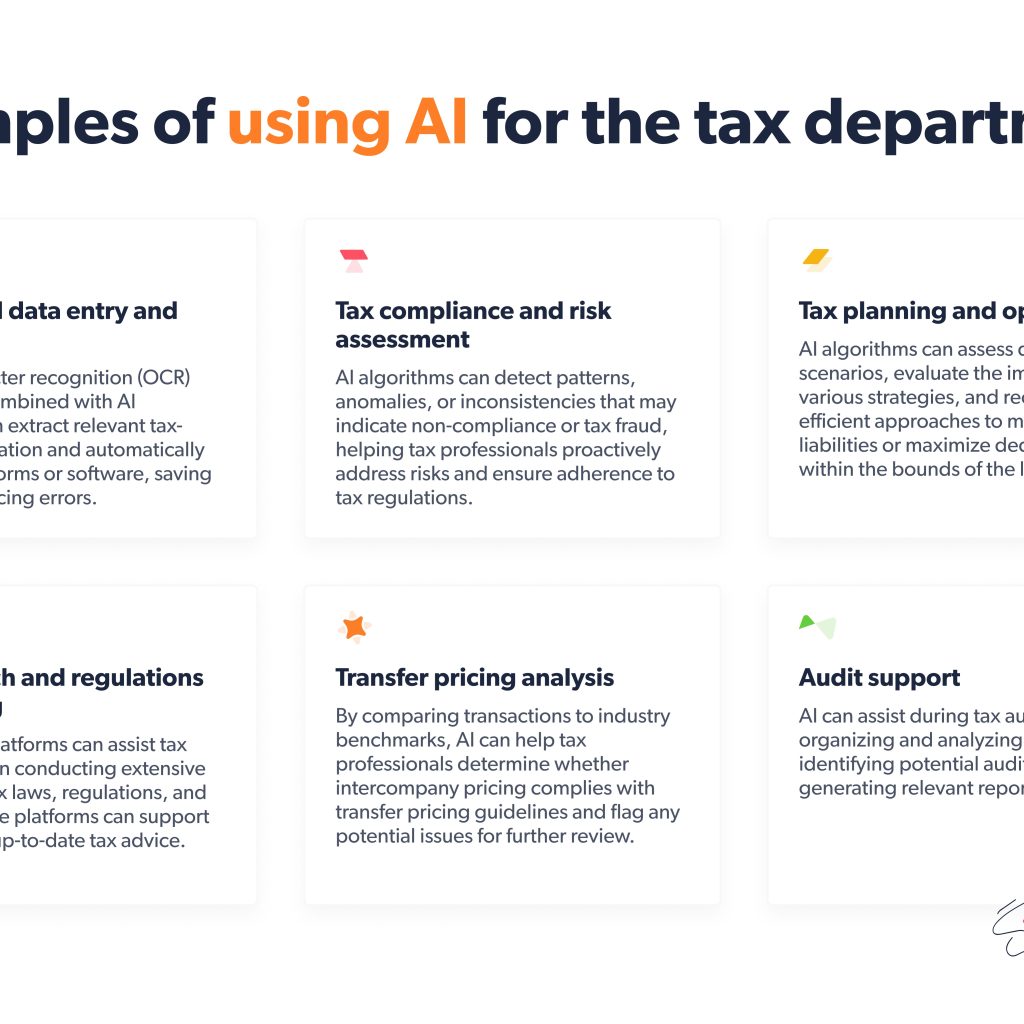The surge in business adoption of generative AI is causing alarm within the cybersecurity community, highlighting the urgent need for comprehensive security policies. The rapid evolution of generative AI, coupled with its immense potential and inherent security risks, has led to a situation where guidelines governing its use are lagging behind its widespread adoption.
Establish strong generative AI security policies
For Chief Information Security Officers (CISOs), the message is clear: in the face of escalating business use, immediate action is required to formulate robust AI security policies, specifically tailored to address the unique challenges posed by generative AI. Unlike conventional AI, generative AI is evolving swiftly, presenting serious security implications that demand proactive measures.
Recent surveys indicate a substantial uptick in generative AI adoption, with 79% of public sector and 83% of private sector organizations incorporating it into production systems. The primary drivers for adoption include automation to enhance productivity, innovation, and idea generation, as well as addressing cyber risks. Additionally, the rapid adoption of externally created large language models (LLMs) is raising concerns about third-party risks and the need for ethical principles to guide AI and LLM regulation.
Security policy imperatives: Learning from shadow IT
Drawing lessons from the challenges posed by shadow IT, organizations are urged to avoid procrastination and promptly develop security policies for generative AI. Historical data indicates that delayed responses to emerging technologies, as witnessed with shadow IT, can lead to unmanageable security risks. The imperative is to strike a balance between supporting innovation and mitigating the risks associated with the fast-paced adoption of generative AI.
Crafting effective, generative AI security policies
The critical challenge for CISOs lies in crafting cybersecurity policies that not only endorse business adoption but also effectively address risks without stifling innovation. Emphasizing a top-down approach aligned with business goals, these policies should encompass access control, encryption of data, and proactive threat management. The dynamic nature of generative AI necessitates a continuous feedback loop to adapt policies to evolving business use cases and emerging risks.
Aligning generative AI security policies with business needs is both a challenge and an opportunity. Organizations predominantly procure generative AI rather than build it, requiring a comprehensive understanding of various business use cases. This alignment allows security controls to be integrated from the outset, preventing security policies from existing in isolation and ensuring applicability across diverse business functions.
Use-case risk management: Tailoring policies to business requirements
Recognizing that generative AI use cases vary across businesses and departments, CISOs are encouraged to adopt a nuanced, use-case risk management approach. Blanket prohibitions on AI usage may stifle innovation, necessitating a detailed understanding of specific departmental needs. Differentiating policies based on the sensitivity of information and regulatory requirements is crucial, steering clear of one-size-fits-all solutions.
Acknowledging the evolving capabilities of generative AI, CISOs face the challenge of staying abreast of technological advancements. Considering the skill shortage, external expert help may be essential for CISOs to proactively manage generative AI security. Simultaneously, organizations must invest in employee training to ensure responsible use of generative AI, highlighting the associated risks and the verified, secure approach adopted by the business.
Key elements of generative AI policies
Effective generative AI security policies should encompass data security measures, including encryption, anonymization, and data classification. Given the significant quantity of data handled by AI systems, robust controls must prevent unauthorized access, usage, or transfer of sensitive information. CISOs are advised to focus on emerging areas of insider risk management, such as data loss prevention and detection capabilities, to secure generative AI usage.
Generative AI policies should not only govern data input but also address the reliability of the content produced. Concerns over “hallucinations” and inaccuracies in large language models necessitate clear processes for manual review, ensuring generated content is validated before influencing critical business decisions. Unauthorized code execution and the potential for generative AI-enhanced attacks should also be considered within the purview of security policies.
Future-ready generative AI security policies
The urgency for organizations to establish robust generative AI security policies is paramount. CISOs must navigate the evolving landscape, align policies with business needs, and proactively address emerging threats. As generative AI continues its rapid ascent, a well-communicated and accessible security policy that encompasses supply chain management and employee education will be instrumental in fostering secure and responsible AI adoption.





